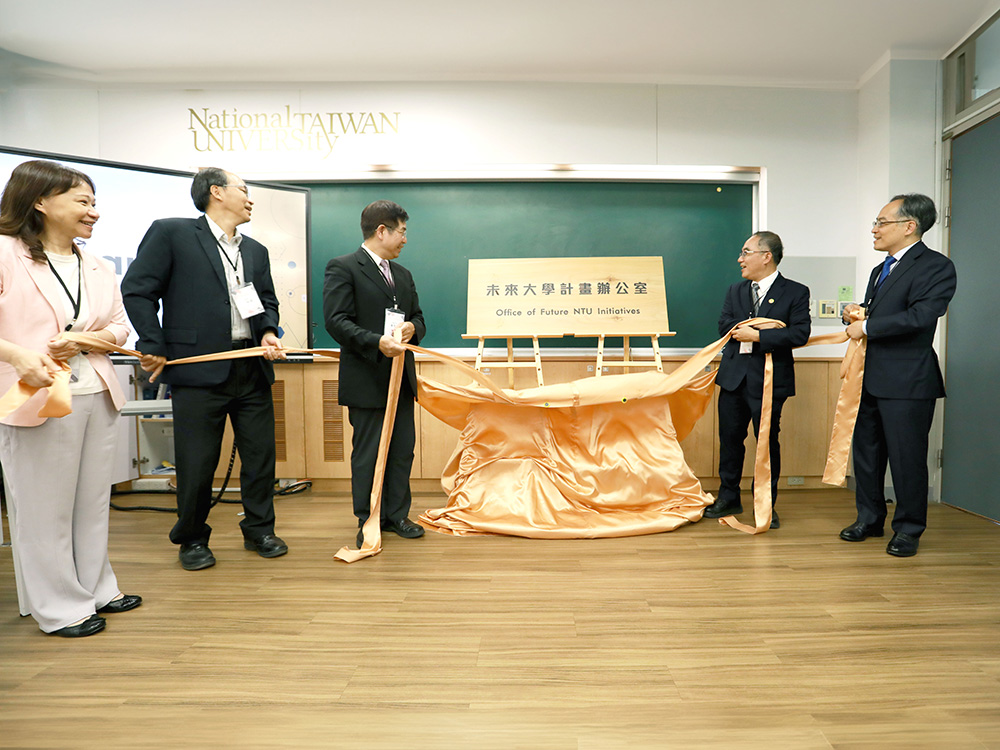
Inauguration of the Office of Future NTU Initiatives at National Taiwan University
瀏覽器版本過舊,或未開啟 javascript
請更新瀏覽器或啟用 javascript
Spotlights
Director of the Department of Anthropology Kai-Shih Lin addressed the guests at the opening ceremony of the Saisiyat clothing exhibition.
Prof. Kuang-Hua Chen, University Librarian and Convenor of the NTU Museum Group, addressed the guests at the opening ceremony.
Dean of the College of Liberal Arts Mu-Hsuan Huang addressed the guests at the opening ceremony.
Iban Taymu, Executive Supervisor of the Donghe Community Development Association, addressed the guests at the opening ceremony.
Shun-En Feng, President of the Saisiyat Walo Tribe Development Association, addressed the guests at the opening ceremony.
Iteh a Atau, Miaoli Council Member and a Saisiyat tribe member, addressed the guests at the opening ceremony.
Ms. Li-Mei Pan demonstrates how to operate a traditional ground loom.
Director of the NTU Museum of Anthropology Chia-Yu Hu (holding a microphone) and the co-curation team from the Saisiyat community.
Saisiyat elders chant weaving and counting songs in Saisiyat.
Guests and Saisiyat tribe members pound sticky rice together.
Saisiyat tribe members prepare water-boiled pork (“ayam”) and sticky rice cake (“tinawbon”) for the opening ceremony.
Saisiyat tribe members have prepared 60 kg of water-boiled pork (“ayam”) for the opening ceremony.
NTU professors offer pork skewers and rice wine to Saisiyat ancestral spirits.
Entrance of the exhibition room.
Museum Director, Prof. Hu, introduces the background of the exhibition.
The first public speech of the exhibition draw many enthusiastic attendees.
Guests enjoy an abundance of snacks at the opening day.
The exhibition, “Weaving the Ancestral Pattern (“tinon noka tatini’ ka hinobaang” in Saisiyat): In Search of a Hundred Years of Saisiyat Clothing,” organized by the NTU Museum of Anthropology opened on September 22. The opening ceremony was held in front of the museum. As if blessed by the ancestral spirits, the afternoon that day was sunny and clear, relieving museum staff of their worry over the previously overcast weather.
The tents rented for the opening ceremony were fully occupied by guests, professionals, and friends interested in this exhibition. Some of our visitors even had to stand under the sun as the ceremony progressed. In the beginning of the ceremony, Saisiyat elders led NTU professors to place pork skewers and bamboo cups filled with rice wine on the grass next to the museum, presenting the offerings toward the east to the Saisiyat’s ancestral spirits while praying for a smooth and successful opening ceremony and exhibition.
The elders chanted the weaving and counting songs in Saisiyat. The weaving song describes the entire process of how Saisiyat women cultivate ramie, twist ramie yarns, and weave cloth on a loom. The “dong, dong” sound in the song is intended to simulate the weaving sound on a loom for listeners to enjoy the music while imagining the weaving scenes. The counting song is created to teach children to count numbers in the Saisiyat language. It sounds lively and interesting as counting songs in other languages.
The ceremony was joined by important guests from the Saisiyat community and NTU. Among these guests were Shun-En Feng (風順恩; President of the Saisiyat Walo Tribe Development Association), Iban Taymu (伊汎; Executive Supervisor of the Donghe Community Development Association), Iteh a Atau (潘秋榮; Miaoli Council Member and a Saisiyat tribe member), Mu-Hsuan Huang (黃慕萱; Dean of NTU’s College of Liberal Arts), Kuang-Hua Chen (陳光華; University Librarian and the Convenor of the NTU Museum Group), and Kai-Shih Lin (林開世; Director of the Department of Anthropology). At the end of her speech, Museum Director Prof. Chia-Yu Hu (胡家瑜) introduced the devoted people from the community who had helped curate and install the exhibition, including 10 women weavers in this reproduction project, Xiang-Yin Zhao (趙香茵) who lent her heirloom—a long upper garment—to the museum, and Ting-Yu Qien (錢庭宇) who designed the space and promotion materials of the exhibition.
After the ceremony, Prof. Hu led the attendees, who had been standing under the sun for a while, into the air-conditioned special exhibition room of the museum. Li-Mei Pan (潘麗鎂), a Saisiyat woman weaver, demonstrated how to use a loom while Lalu (菈露) explained its mechanism to the attendees. Next, Prof. Hu briefly introduced the exhibition and invited President Feng and Ms. Shu-Li Lin (林淑莉), who was the mentor of the weavers in the project, to explain the reproduced works and the reproduction process. Finally, Ms. Zhao shared with the attendees the story of her heirloom—the long upper garment.
After visiting the exhibition, the Saisiyat tribe members prepared sticky rice cake (“tinawbon”) and water-boiled pork (“ayam”) for everyone. Many guests joined the activity of sticky rice pounding. The museum also prepared an abundance of snacks for all the guests and attendees, hoping that everyone had an enjoyable and wonderful afternoon.
The opening ceremony was followed by a public speech and panel discussion. President Feng and Ms. Lin introduced the background of this reproduction project as well as the many difficulties behind it. The room prepared for the speech was soon filled with curious and eager attendees. Although the museum staff added temporary seats for several times, there were still attendees who could not find a seat and had to stand at the door. The public speech was very successful since the speakers and Prof. Hu were surrounded by the enthusiastic attendees for more discussion and information after the speech.

Inauguration of the Office of Future NTU Initiatives at National Taiwan University
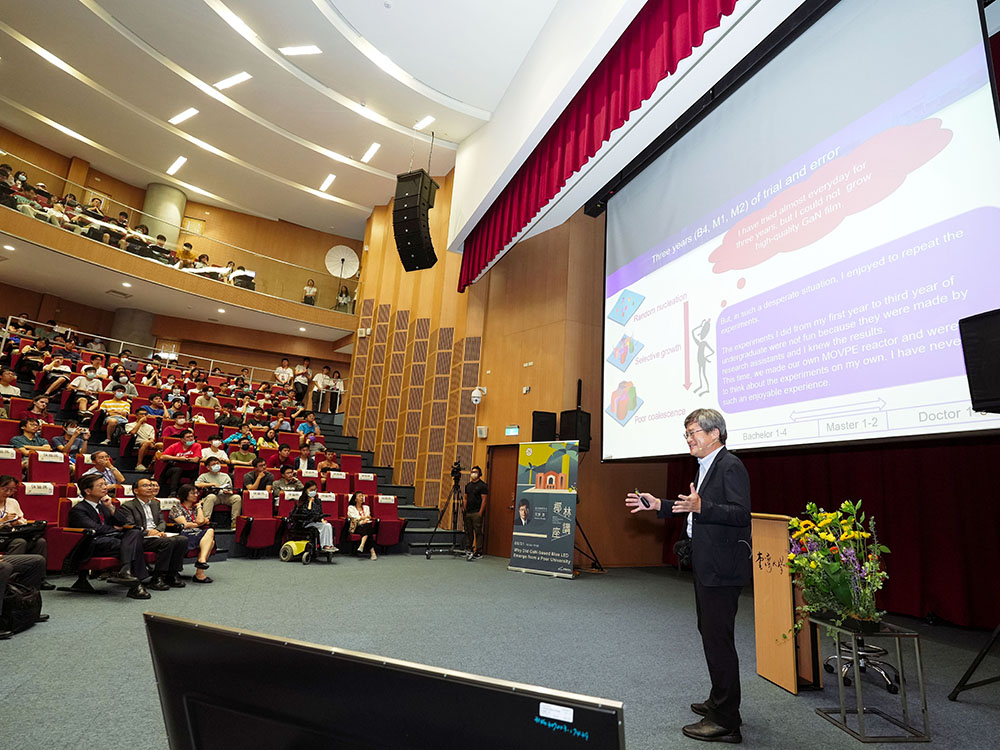
Nobel Laureate Hiroshi Amano's Lecture Marks the Beginning of NTU Royal Palm Lecture Series
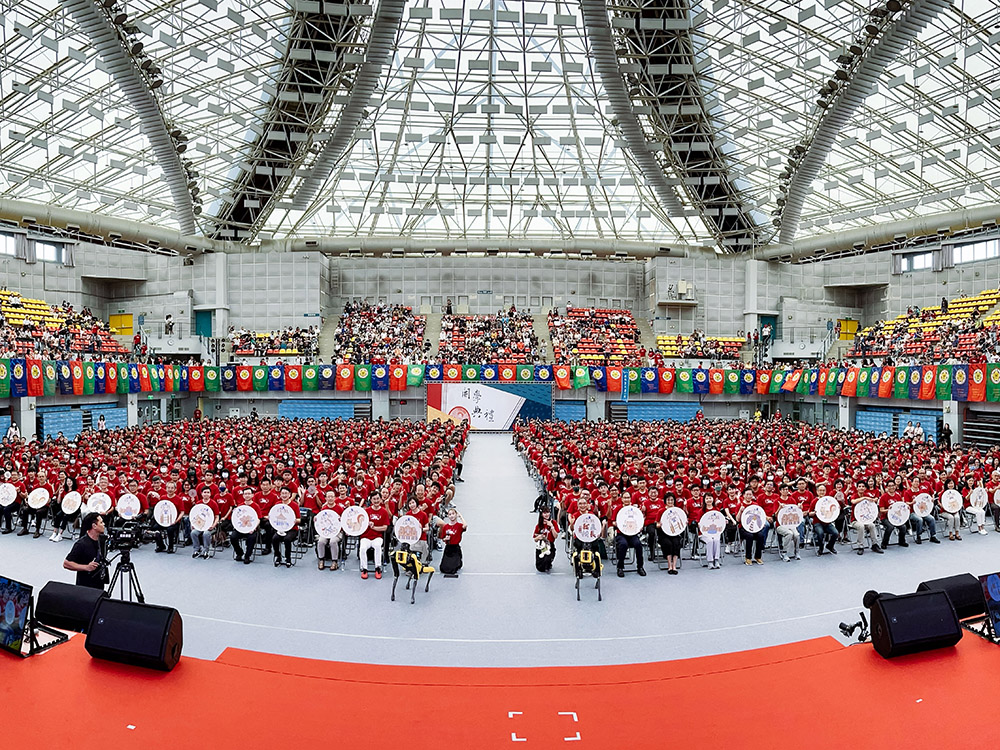
Opening Ceremony for the 112th Academic Year - Welcoming New Students to Become Part of the NTU Family
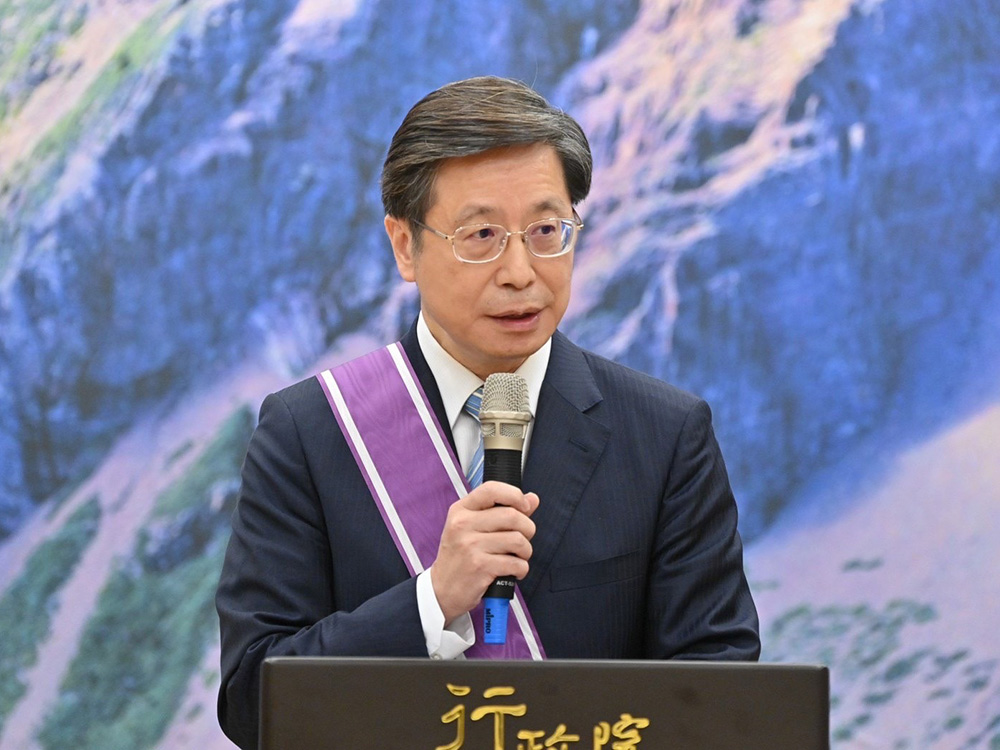
Vice President Shan-Chwen Chang was awarded the Third Class Order of Brilliant Star
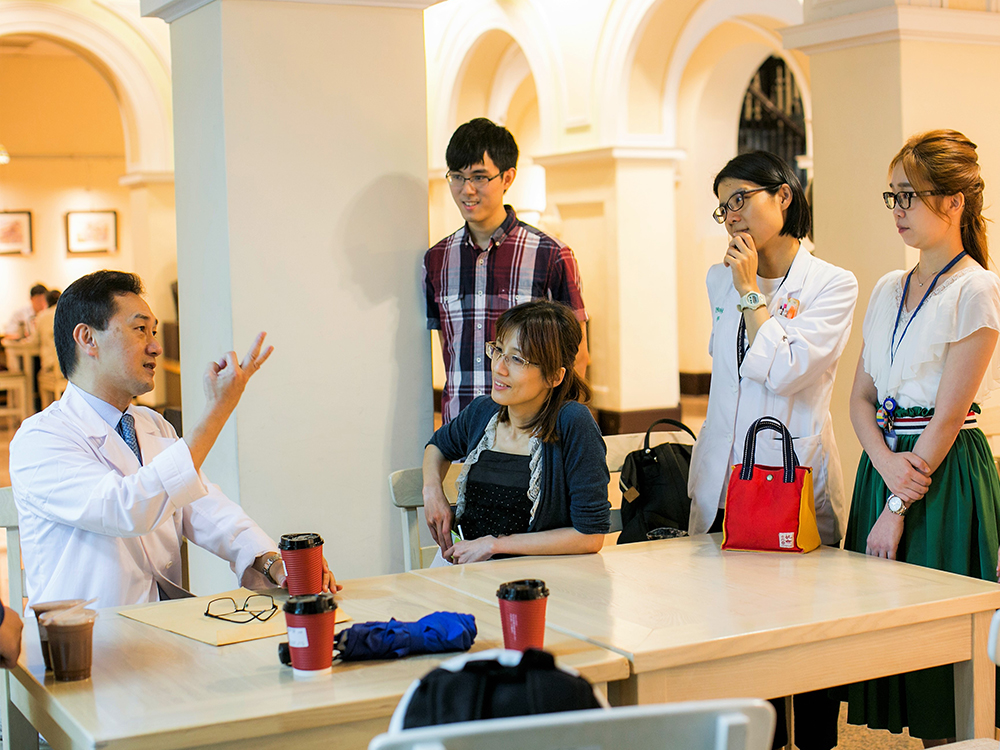
Congratulations! Prof. Lou Pei-Jen receives 2023 National Excellent Teacher Award
Current Spotlights